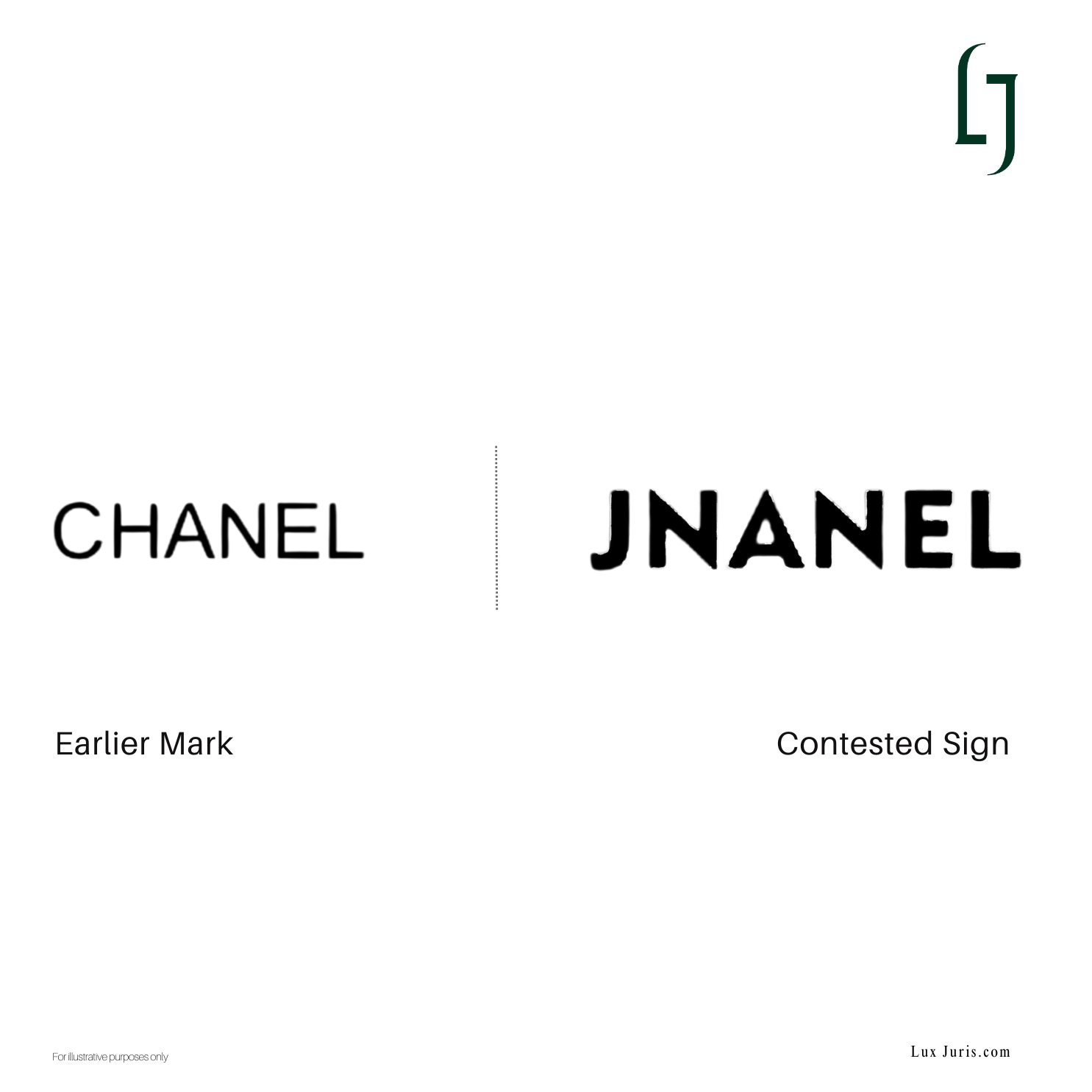The European Union Intellectual Property Office (EUIPO) has rejected the trade mark application for JNANEL (figurative) following opposition by Chanel based on its earlier word mark CHANEL. On 16 September 2025, the Opposition Division agreed with Chanel and refused the application in full. The decision highlights the importance of how a mark sounds, showing that aural similarity can outweigh visual differences when assessing the likelihood of confusion.
The Goods Were Identical
JNANEL applied for caps, hats, gloves, scarves, and other clothing accessories in Class 25. Chanel’s earlier mark already covered “clothing; headgear.” Because the goods are identical, the EUIPO found there was a significant risk that consumers could confuse the two marks. The Division noted that these products are aimed at the general public, who are considered to pay an average level of attention when shopping.
Even small similarities between marks can therefore create a real risk of confusion.
Comparing the Marks
Both marks are six letters long and share the same ending, -ANEL. They differ only in the first two letters: CH for Chanel and JN for JNANEL.
Visual similarity: At first glance, the marks look different because of the first letters. Visually, the similarity was considered below average.
Aural similarity: When spoken, the marks sound very similar. They share the same rhythm and ending, -NEL, which makes them easy to confuse. The EUIPO stressed that aural similarity can outweigh visual differences, especially in products that are often discussed or ordered aloud.
Conceptual similarity: Neither mark has any meaning for the French public, so there is no conceptual difference to help distinguish them.
Chanel’s Mark Is Strong on Its Own
The Division confirmed that CHANEL is a mark with normal distinctiveness. Chanel did not need to provide evidence of reputation, as the inherent strength of the mark alone was enough to block the later application. In other words, the case was won on the mark itself, without the need to prove that Chanel is famous.
Why JNANEL Was Rejected
Because the goods are identical and the marks sound similar, the EUIPO concluded that consumers were likely to assume that JNANEL products came from Chanel or a related company. The application was therefore rejected in full.
Conclusion
Simply changing the first letters of a well-known mark is unlikely to be enough to avoid conflict. In many cases, how a mark sounds can be more important than how it looks, especially in categories where consumers frequently talk about the products. Minor changes in design, such as typeface or font style, are rarely sufficient to overcome strong structural or phonetic similarities.
Anyone seeking to launch a new mark should ensure that it is clearly different both in appearance and pronunciation from existing brands, because even small similarities can lead to rejection.
Source:
